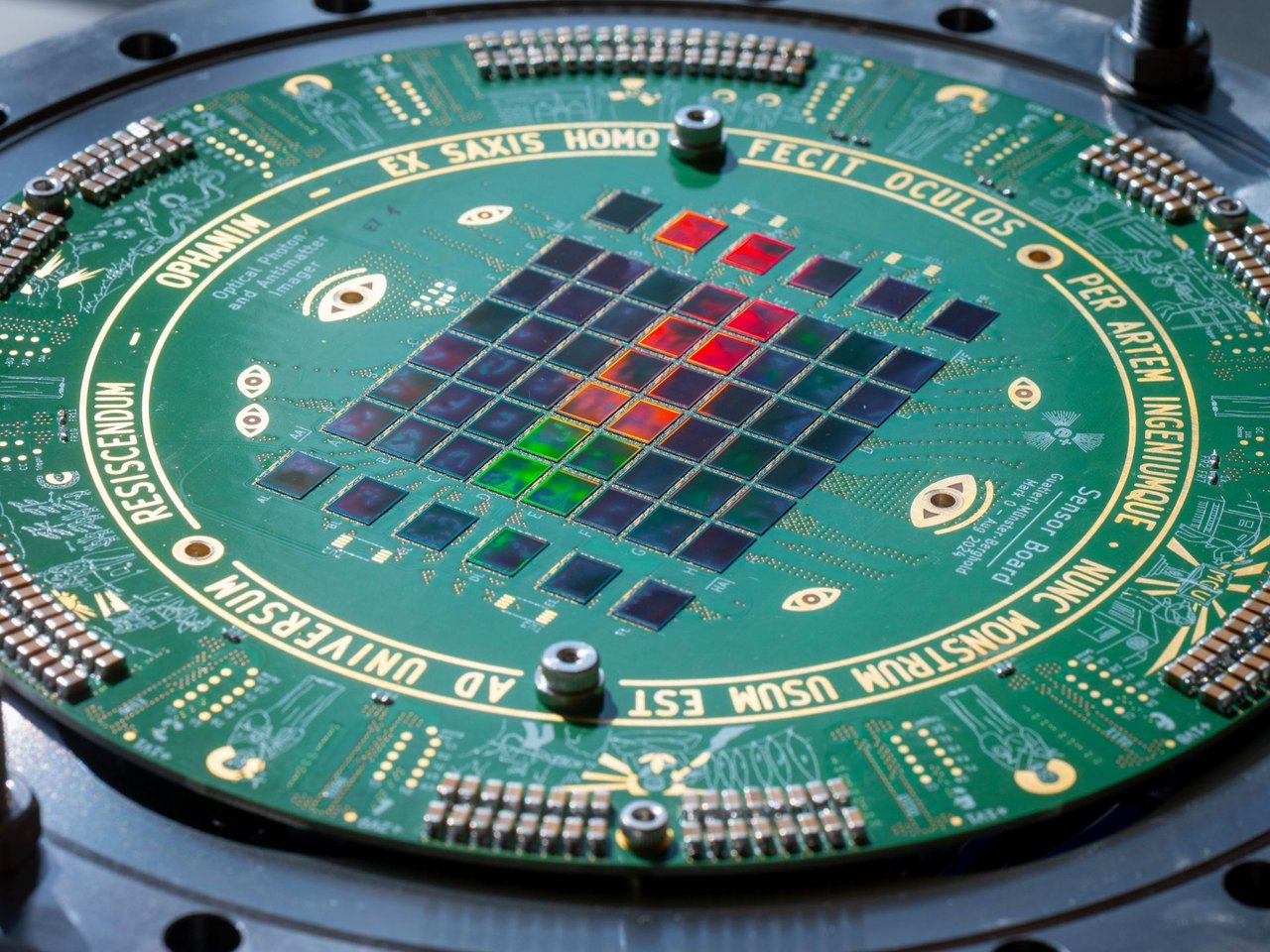A device with unprecedented resolution to photograph antimatter
The AEḡIS (Antimatter Experiment: Gravity Interferometry and Spectroscopy) experiment, currently underway at CERN in collaboration with the Politecnico di Milano (research group of Giovanni Consolati, Department of Aerospace Science and Technology), has achieved an important result published in the journal Science Advances.
AEḡIS researchers have developed an innovative idea to study antimatter: they have reused a CMOS sensor commonly used in mobile phone cameras, to detect incoming antiparticles. The use of these sensors, with silicon pixels smaller than 1 micrometer, has led to unprecedented results, setting a new world record for spatial resolution: the position of the impact of antiprotons on the sensor surface has been determined with a precision of 600 nanometers.
In addition to the point of impact, the sensor has proven to be able to detect the trajectory of the fragments resulting from the annihilation with the highest resolution ever achieved so far in a pixel detector.
In addition to measuring the gravity of antimatter, the sensor can have a significant impact on the wider particle physics community, especially in experiments where high position resolution is crucial. It is in fact possible to distinguish the different types of annihilation fragments, nuclear fragments, alpha particles, protons and pions.
Since a single sensor is not sufficient, given its small size, 60 have been integrated into a single device, the Optical Photon and Antimatter Imager (OPHANIM), obtaining the photographic detector with the highest number of pixels currently in operation: 3840 Mpixel. In addition to the very high resolution, this allows for a good particle collection surface.
The detector created is the electronic equivalent of a photographic plate; the new device achieves a resolution practically equivalent to that of an emulsion, but in electronic mode, thus making the data immediately readable.
The implemented technology is very promising for a wide range of applications, beyond the detection of antiprotons, thanks to its sensitivity to both charged particles and electromagnetic radiation. In fact, it has already demonstrated to be able to detect radiation in the extreme ultraviolet, and applications in biomedical imaging, as well as in advanced spectroscopy, can easily be envisaged.
Michael Berghold et al.,
Real-time antiproton annihilation vertexing with submicrometer resolution.
Sci. Adv.11, 1176 (2025).

